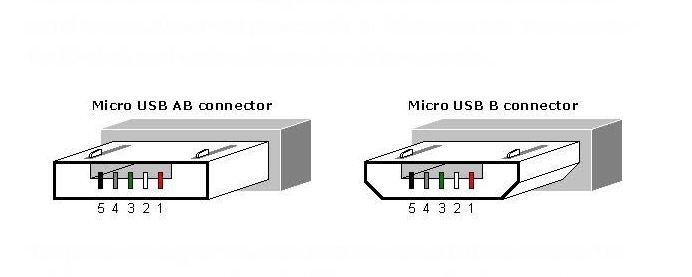News & Events>
Micro USB Connector Introduction
Micro USB Connector
If you can’t live without your cell phone or personal digital assistant (PDA), you’ll be pleased to hear that micro usb connectors will soon make these gadgets even more convenient to use.
USB, which stands for Universal Serial Bus, is an externalbus, or cable, standard used to connect peripheral devices, like mobile phone, MP3 players, digital cameras and game controllers.
It's an alternative to its common predecessors, serial and parallel standards. After some time, USB technology was enhanced and reduced to a smaller size known as mini USB. The micro USB specification is now scheduled to replace mini USB connectors in many different types of portable devices, including cell phones and PDA's. Standard devices will use Micro-B receptacles, while USB OTG (On-The-Go) devices will use Micro-AB receptacles. Micro-A plugs, Micro-B plugs, and standard cables will also be available.
The micro usb technology was developed by the USB Implementers Forum, Inc. (USB-IF), an independent non-profit group that works to advance USB technology.
When compared to the mini USB, the micro USB offers many advantages. The most obvious benefit to this new technology is its smaller size. As cell phones and PDAs become thinner and lighter, consumers are frequently finding the mini USB connector is simply too large for practical use. The micro USB will allow manufacturers to push the limits of this trend towards sleeker design.
Furthermore the micro USB connector is becoming the de facto standard to charge mobile devices and its use will therefore be even more widespread than of its mini USB counterpart.
In the original USB specification there was a strict separation between the host (mostly a computer) which acts as a master device, and the peripherals which have only slave functionality. As mobile devices get smart and often run their own operating system, the separation between the two types of devices has vanished. When connected to a PC a smartphone may be acting as a slave, but it could also be connected to a photo printer directly to print pictures made with the phone. In that case the phone switches from its slave role to a master. To allow this an extension to the USB 2.0 specification has been written which is called USB On-The-Go or more often USB OTG. This supplement provides means for easy switching between the master and slave role of a device.
Because most small devices which can both act as a master and a slave only have one USB connector, additions to the connector definition were necessary to allow a role change with only one type of cable. This is where the mini USB AB and later the micro USB AB connector are defined for. The mini USB AB connector is now officially deprecated, but the micro USB AB connector is replacing its place rapidly. Countries like China are even considering making this micro USB AB connector mandatory on all new cell phones sold. In this micro USB AB connector the ID pin is used to signal the master of slave function.
 |
The pin numbering for the micro USB connectors is the same as for the mini USB connectors. The only difference is that for the micro USB AB connector the ID pin now has a function assigned to it.
|
Micro USB AB and B connector pin names |
|||
|
Pin |
Name |
Color |
Function |
|
1 |
Vcc |
Red |
+5V supply voltage |
|
2 |
D- |
White |
Data- signal line |
|
3 |
D+ |
Green |
Data+ signal line |
|
4 |
ID |
– |
|


 Copyright © 2015 Contact Technology Corporation. All rights reserved.
Copyright © 2015 Contact Technology Corporation. All rights reserved.